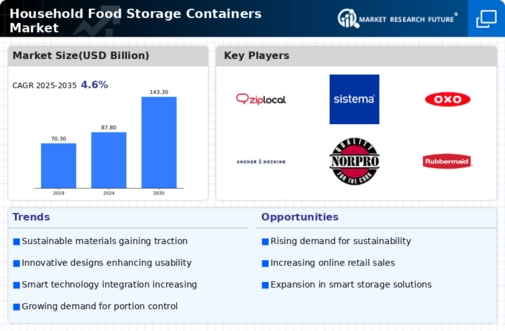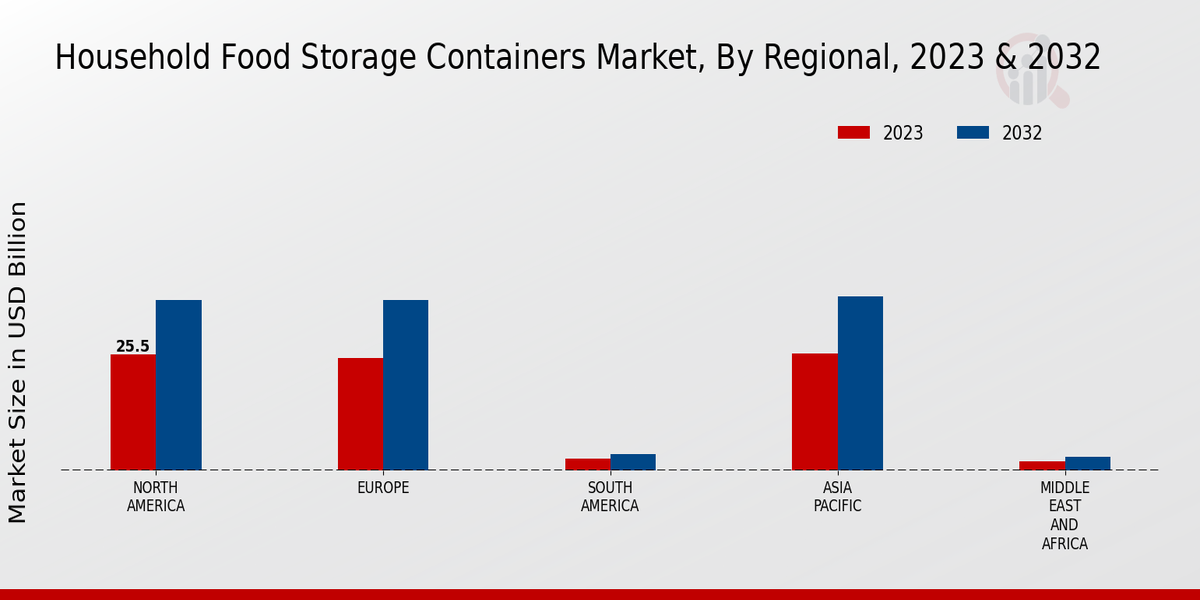Major players in the household food storage container market industry are constantly working on developing innovative and sustainable products that cater to the ever-changing demands of the consumer. Top key Household Food Storage container market players are working to expand their global presence and enhance their product distribution network. The Household Food Storage Containers Market development is attributed to increasing convenience demand, growing food safety awareness and an increase in meal prepping. The Household Food Storage Containers Market Competitive landscape includes both established and emerging market players.Lock & Lock, Inc.
It is one of the leading companies operating in the household food storage container market. The company is a key market player with an international market presence. Lock & Lock, Inc. engages in the development and production of innovative, high-quality, airtight containers, as well as food storage bags and kitchen accessories. The company has a wide distribution network, and its products are available in over 100 countries. Moreover, Lock & Lock, Inc. is active in the area of sustainability and uses eco-friendly materials in production.
In addition, the company is developing and expanding its product range and invests in research and development to be able to meet the demands of every client.Tupperware Brands Corporation is one of the most prominent market players in the household food storage containers market. The company is a well-recognized brand producing sturdy and iconic food containers, storage solutions and kitchen utility utensils. Tupperware brands are recognized across the globe and are known for their durability. Tupperware Brands Corporation is a key market player with a vast distribution network and its products are present in over 100 countries.
Moreover, the company is involved in the process of empowering women by providing them with economic opportunities. This is achieved via various types of training and support programs using which women can start and manage their own businesses. Tupperware Brands Corporation offers a plethora of development and job opportunities for women. The company is engaged in a constant process of innovation and continuously works on developing new products.




















